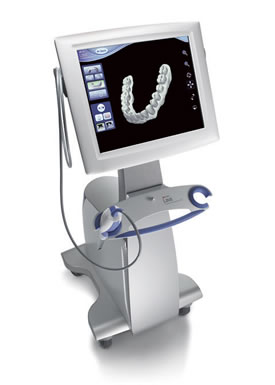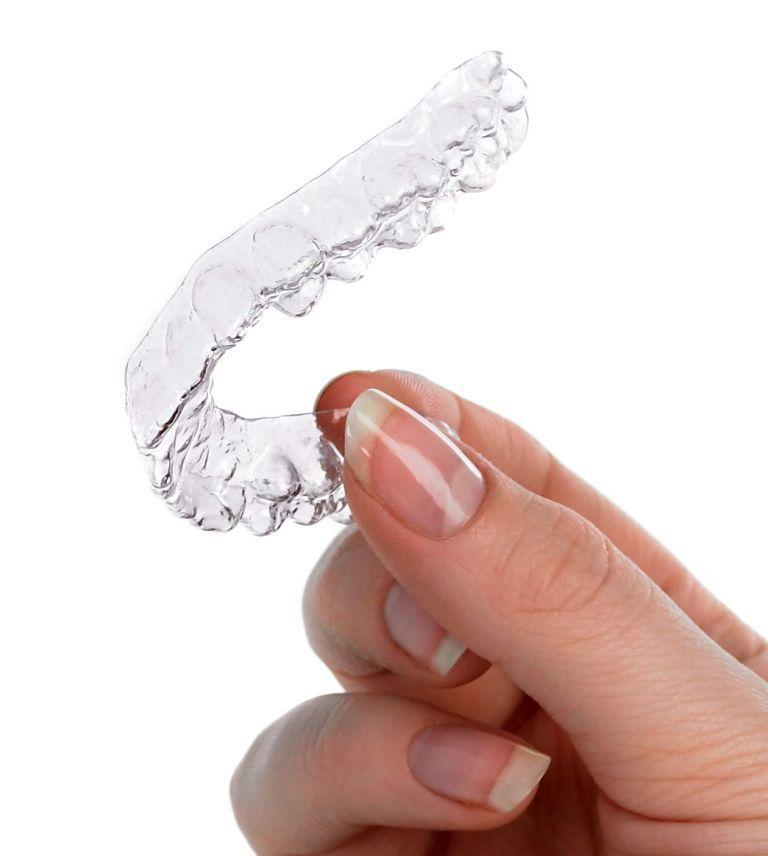
Not all people are born with a great teeth alignment. With genetics playing a big role in it, a lot of people are often seen with some crooked area in their teeth. Some people may have just a couple of teeth facing different directions and others may have their whole lower jaw needing a total makeover.What makes the teeth go various angles? It may be that the jaw hasn’t adapted to the size of the teeth yet. Or sometimes they have what you call malocclusion or a problem with how the teeth are positioned when a person bites. Even thumb sucking can cause problems with the teeth. And these are often corrected early, preferably when they are still young by specialized dentists called orthodontists.
How are misaligned teeth straightened? They use braces to correct it. It exerts pressure on the teeth to straighten them out. And braces have come a long way from what it is today. Before, people shun away from using braces because it really hurt to have one placed on the teeth as well as the need to wear a headgear to keep it in place. Furthermore, it cost much to get one installed. It was such a relief for them when they were finally removed, not because their teeth looked great but because their jaw stopped aching.
Nowadays, computer technology and titanium has made braces more tolerable. They are precisely placed on the tooth for maximum alignment with the least discomfort. It can even be made the same colour as the teeth or any colour you wish it to be. The latest being Invisalign braces where the retainers are made form one millimetre thick clear plastic that is constructed using the very latest in 3D imaging and digital x-rays. The computer aided manufacture also means that the retainers can be constructed to incredible degrees of accuracy. The retainers also have the added advantage of being completely removable which means that certain foods are not off limits like with conventional braces.For more information on Orthodontics and Braces in your area please call Goma Dental At 177-645-0704.



















